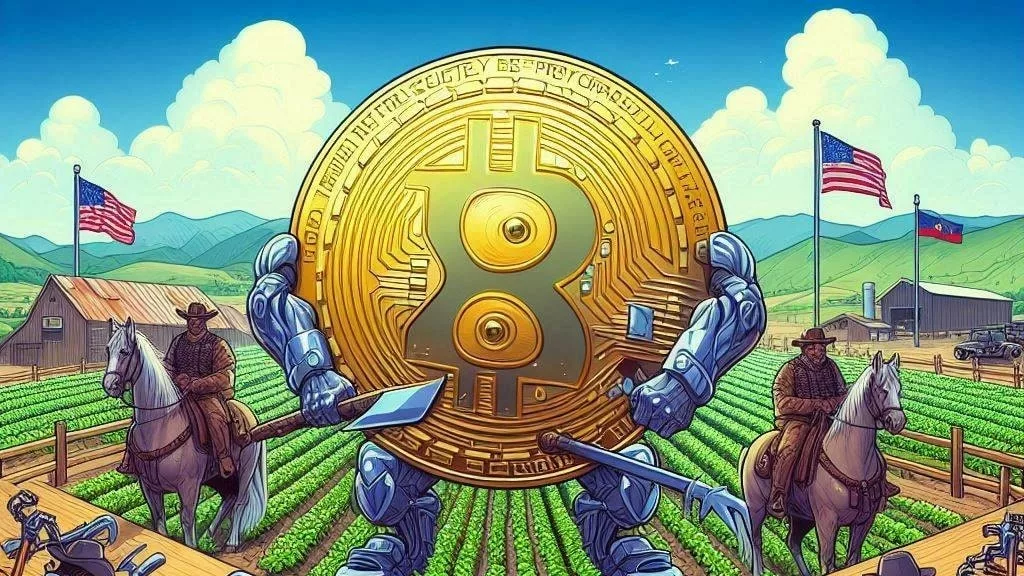
Twitter Handle Dan Reecer acknowledges that Polkadot (DOT) is complicated as hell for a beginner. Trying to make things decipherable:
Polkadot is a platform on which blockchain networks are built and connected into one unified network. These connected chains, called parachains, form a living organism of networks all in sync and secure. This forms the foundation on which Web3 will be built.
Dr. Gavin Wood, founded after inventing the Ethereum Virtual Machine and the Solidity programming language for Ethereum as the co-founder and CTO. Ethereum wasn’t going to scale, and thus, Polkadot was born in 2017.
Blockchains built for Polkadot use a dev framework called Substrate (substrate_io), the easiest and most advanced blockchain-building framework for coders. Think of it as drag-and-drop blockchain consensus, or even easier, like Music EQ with dials up & down on certain features.
Ethereum is a one-size-fits-all chain. This doesn’t work at scale. Dev teams use Polkadot’s Substrate framework to build custom chains for a specific use/vertical, such as Acala Network for DeFi, Phala Network for Privacy, Chainlink Oracles, or hydra_dx for liquidity.
Polkadot’s Substrate framework can also be used to build broad, more general-purpose chains such as Moon Beam Network, Ethereum-compatible smart contracts on Polkadot (for ETH teams going multi-chain) or Plasm Network for a general Dapp platform ((dubbed ETH2 on Polkadot).
See a repository of the hundreds of Polkadot and Kusama Network Polkadot and Kusama Network projects. Each chain built on Polkadot is a para chain. Legacy networks like Ethereum are called “layer 1” chains. These are single blockchains, operating in isolation. Parachains are also layer 1 chains. Polkadot is one level below, a “layer zero” multi-chain growing to 100+ networks.
Legacy networks of course will not go away bc Polkadot has launched. Polkadot will be bridged to existing networks like Ethereum and Bitcoin through bridges built by their different teams.
So, now you understand Polkadot better? What is Kusama Network? Kusama is essentially the exact same code/archtr as Polkadot, but its on-chain governance moves 4x faster (7 days) and there are lower barriers to entry for teams to get a slot on the network.
To serve the needs of both communities/networks, many teams will actually launch on both Polkadot and Kusama Network.
Now what is a Crowdloan and Parachain slot auction? Polkadot has 100+ parachain “slots” which must be ‘leased’ for access to Polkadot’s security and ability to communicate with other chains. In fact, no team is “built on Polkadot” until they win an auction. To occupy a parachain slot, any team must win a candle auction using DOT on Polkadot or Kusama Network.
The Tokens for these auctions can be gathered in a variety of ways like self-funding, VC, or a community-driven “Crowdloan.”

Get the latest Crypto & Blockchain News in your inbox.